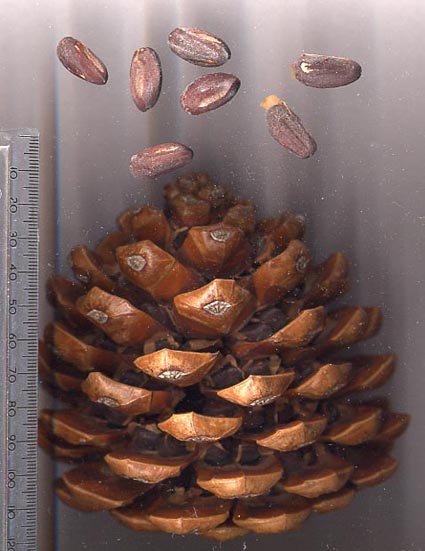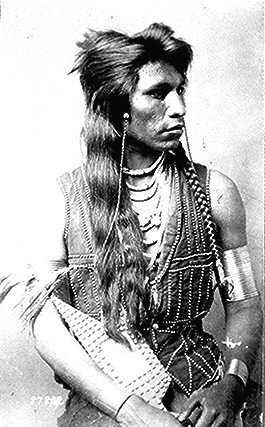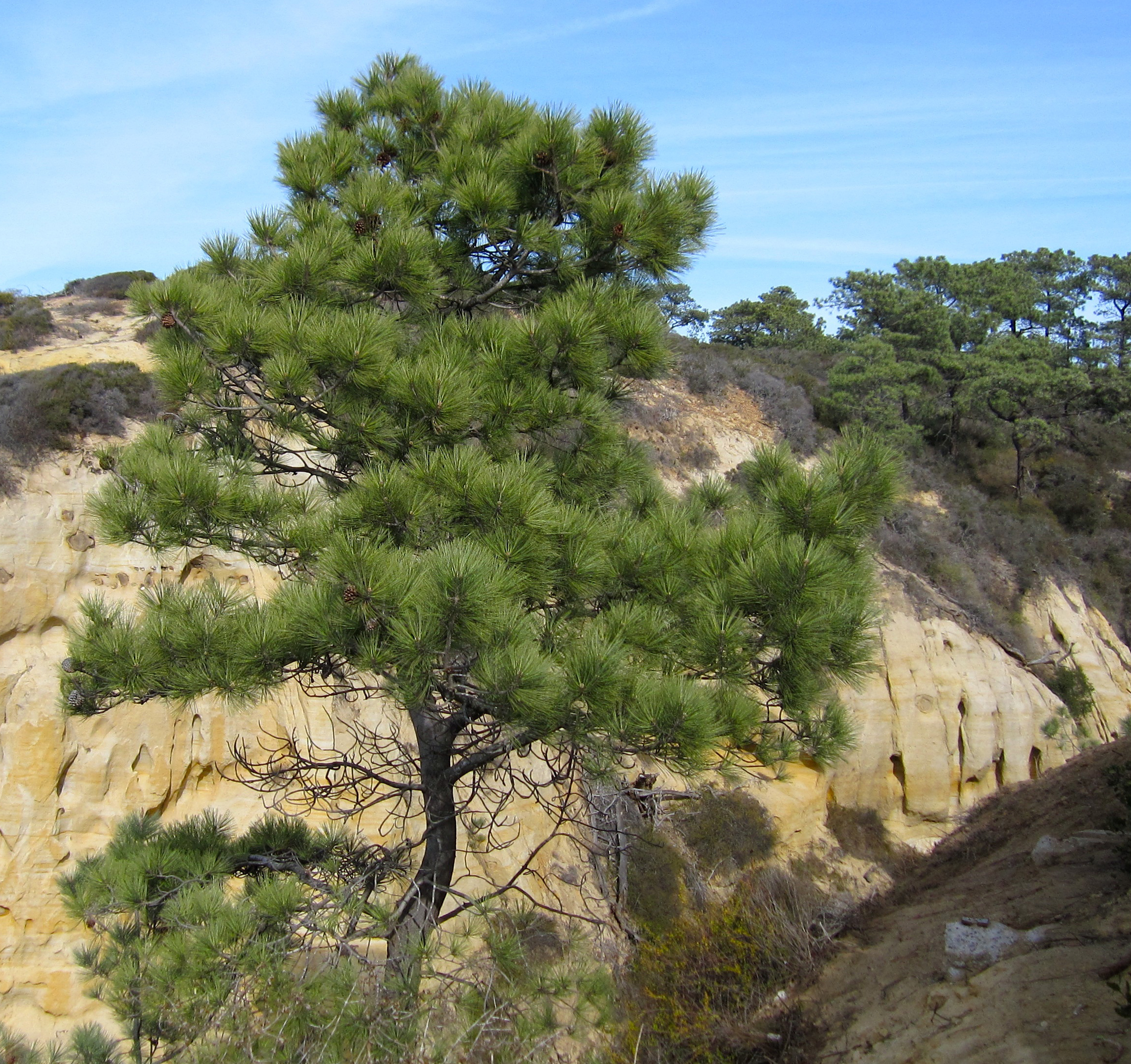|
Pinoli
Pine nuts, also called piñón (), pinoli (), pignoli or chilgoza (), are the edible seeds of pines (family Pinaceae, genus ''Pinus''). According to the Food and Agriculture Organization, only 29 species provide edible nuts, while 20 are traded locally or internationally owing to their seed size being large enough to be worth harvesting; in other pines, the seeds are also edible, but are too small to be of notable value as a human food. Species and geographic spread In Asia, two species in particular are widely harvested: Korean pine (''Pinus koraiensis'') in northeast Asia (the most important species in international trade) and chilgoza pine (''Pinus gerardiana'') in the western Himalaya. Four other species, Siberian pine (''Pinus sibirica''), Siberian dwarf pine (''Pinus pumila''), Chinese white pine (''Pinus armandii'') and lacebark pine (''Pinus bungeana''), are also used to a lesser extent. Russia is the largest producer of ''Pinus sibirica'' nuts in the world, followed b ... [...More Info...] [...Related Items...] OR: [Wikipedia] [Google] [Baidu] |
Colorado Pinyon
''Pinus edulis'', the Colorado pinyon, two-needle piñon, pinyon pine, or simply piñon, is a pine in the pinyon pine group whose ancestor was a member of the Madro-Tertiary Geoflora (a group of drought resistant trees) and is native to the United States. Distribution and habitat The range is in Colorado, southern Wyoming, eastern and central Utah, northern Arizona, New Mexico, western Oklahoma, southeastern California, and the Guadalupe Mountains in far western Texas. It occurs at moderate elevations of , rarely as low as and as high as . It is widespread and often abundant in this region, forming extensive open woodlands, usually mixed with junipers in the pinyon-juniper woodland plant community. The Colorado pinyon (piñon) grows as the dominant species on 4.8 million acres () in Colorado, making up 22% of the state's forests. The Colorado pinyon has cultural meaning to agriculture, as strong piñon wood "plow heads" were used to break soil for crop planting at the state's ea ... [...More Info...] [...Related Items...] OR: [Wikipedia] [Google] [Baidu] |
Navajo
The Navajo (; British English: Navaho; nv, Diné or ') are a Native American people of the Southwestern United States. With more than 399,494 enrolled tribal members , the Navajo Nation is the largest federally recognized tribe in the United States; additionally, the Navajo Nation has the largest reservation in the country. The reservation straddles the Four Corners region and covers more than 27,325 square miles (70,000 square km) of land in Arizona, Utah, and New Mexico. The Navajo Reservation is slightly larger than the state of West Virginia. The Navajo language is spoken throughout the region, and most Navajos also speak English. The states with the largest Navajo populations are Arizona (140,263) and New Mexico (108,306). More than three-fourths of the enrolled Navajo population resides in these two states. [...More Info...] [...Related Items...] OR: [Wikipedia] [Google] [Baidu] |
Southern Paiute
The Southern Paiute people are a tribe of Native Americans who have lived in the Colorado River basin of southern Nevada, northern Arizona, and southern Utah. Bands of Southern Paiute live in scattered locations throughout this territory and have been granted federal recognition on several reservations. The first European contact with the Southern Paiute occurred in 1776, when fathers Silvestre Vélez de Escalante and Francisco Atanasio Domínguez encountered them during an attempt to find an overland route to the missions of California. They noted that some of the Southern Paiute men "had thick beards and were thought to look more in appearance like Spanish men than native Americans". Before this date, the Southern Paiute suffered slave raids by the Navajo and the Ute. The arrival of Spanish and later Euro-American explorers into their territory increased slave raiding by other tribes. In 1851, Mormon settlers strategically occupied Paiute water sources, which created a depend ... [...More Info...] [...Related Items...] OR: [Wikipedia] [Google] [Baidu] |
Shoshone
The Shoshone or Shoshoni ( or ) are a Native American tribe with four large cultural/linguistic divisions: * Eastern Shoshone: Wyoming * Northern Shoshone: southern Idaho * Western Shoshone: Nevada, northern Utah * Goshute: western Utah, eastern Nevada They traditionally speak the Shoshoni language, part of the Numic languages branch of the large Uto-Aztecan language family. The Shoshone were sometimes called the Snake Indians by neighboring tribes and early American explorers. Their peoples have become members of federally recognized tribes throughout their traditional areas of settlement, often co-located with the Northern Paiute people of the Great Basin. Etymology The name "Shoshone" comes from ''Sosoni'', a Shoshone word for high-growing grasses. Some neighboring tribes call the Shoshone "Grass House People," based on their traditional homes made from ''sosoni''. Shoshones call themselves ''Newe'', meaning "People".Loether, Christopher"Shoshones."''Encyclopedia of the Gr ... [...More Info...] [...Related Items...] OR: [Wikipedia] [Google] [Baidu] |
Uto-Aztecan
Uto-Aztecan, Uto-Aztekan or (rarely in English) Uto-Nahuatl is a family of indigenous languages of the Americas, consisting of over thirty languages. Uto-Aztecan languages are found almost entirely in the Western United States and Mexico. The name of the language family was created to show that it includes both the Ute language of Utah and the Nahuan languages (also known as Aztecan) of Mexico. The Uto-Aztecan language family is one of the largest linguistic families in the Americas in terms of number of speakers, number of languages, and geographic extension. The northernmost Uto-Aztecan language is Shoshoni, which is spoken as far north as Salmon, Idaho, while the southernmost is the Pipil language of El Salvador and Nicaragua. ''Ethnologue'' gives the total number of languages in the family as 61, and the total number of speakers as 1,900,412. Speakers of Nahuatl languages account for over 85% of these. The internal classification of the family often divides it into two branc ... [...More Info...] [...Related Items...] OR: [Wikipedia] [Google] [Baidu] |
Hispanos
Hispanos (from es, adj. prefix Hispano- relating to Spain, from la, Hispānus) are Hispanic residents of the United States who are culturally descended from the original Spanish-speaking settlers in the areas which were once part of New Spain and later independent Mexico. They may be variously of Criollo Spanish, mestizo, or Indigenous origin. Residing in what is today the Southwestern United States, they have retained a predominantly Hispanic culture, having lived in that region since it was ceded from Mexico to the United States following the Mexican-American War. The term ''Hispano'' is used to compensate for flawed U.S. Census practices in the 1930s which categorized people of the American Southwest as recent immigrants rather than centuries-long inhabitants of the Spanish and Mexican territories Alta California (modern California), Santa Fe de Nuevo México (modern New Mexico), and Tejas (modern Texas). Their total population in the American Southwest is around 1.8 ... [...More Info...] [...Related Items...] OR: [Wikipedia] [Google] [Baidu] |
Indigenous Peoples Of The Americas
The Indigenous peoples of the Americas are the inhabitants of the Americas before the arrival of the European settlers in the 15th century, and the ethnic groups who now identify themselves with those peoples. Many Indigenous peoples of the Americas were traditionally hunter-gatherers and many, especially in the Amazon basin, still are, but many groups practiced aquaculture and agriculture. While some societies depended heavily on agriculture, others practiced a mix of farming, hunting, and gathering. In some regions, the Indigenous peoples created monumental architecture, large-scale organized cities, city-states, chiefdoms, states, kingdoms, republics, confederacies, and empires. Some had varying degrees of knowledge of engineering, architecture, mathematics, astronomy, writing, physics, medicine, planting and irrigation, geology, mining, metallurgy, sculpture, and gold smithing. Many parts of the Americas are still populated by Indigenous peoples; some countries have ... [...More Info...] [...Related Items...] OR: [Wikipedia] [Google] [Baidu] |
Parry Pinyon
''Pinus quadrifolia'', the Parry pinyon, is a pine in the pinyon pine group native to southernmost California in the United States and northern Baja California in Mexico, from 33° 30' N south to 30° 30' N. The Parry pinyon has a lifespan of around 200 to 500 years. It is usually found in rocky areas that often have thin soil. It occurs at moderate altitudes from to , rarely as low as and as high as . It is scarce and often scattered in this region, forming open woodlands, usually mixed with junipers. Other common names include nut pineFarjon, A. 2013''Pinus quadrifolia''.In: IUCN 2013. IUCN Red List of Threatened Species. Version 2013.1. Downloaded on 31 July 2013. and fourleaf pinyon pine. Description ''Pinus quadrifolia'' is a small to medium size tree, reaching tall and with a trunk diameter of up to , rarely more. The bark is thick, rough and scaly. The leaves (needles) are in fascicles of 4–5, moderately stout, long; glossy dark green with no stomata on the outer face ... [...More Info...] [...Related Items...] OR: [Wikipedia] [Google] [Baidu] |
Sugar Pine
''Pinus lambertiana'' (commonly known as the sugar pine or sugar cone pine) is the tallest and most massive pine tree, and has the longest cones of any conifer. The species name ''lambertiana'' was given by the Scottish botanist David Douglas, who named the tree in honour of the English botanist, Aylmer Bourke Lambert. It is native to coastal and inland mountain areas along the Pacific coast of North America, as far north as Oregon and as far south as Baja California in Mexico. Description Growth The sugar pine is the tallest and largest ''Pinus'' species, commonly growing to tall, exceptionally to tall, with a trunk diameter of , exceptionally . The tallest recorded specimen is tall, is located in Yosemite National Park, and was discovered in 2015. The second tallest recorded was "Yosemite Giant", an tall specimen in Yosemite National Park, which died from a bark beetle attack in 2007. The tallest known living specimens today grow in southern Oregon and Yosemite Nati ... [...More Info...] [...Related Items...] OR: [Wikipedia] [Google] [Baidu] |
Torrey Pine
The Torrey pine (''Pinus torreyana'') is a rare pine species in California, United States. It is a critically endangered species growing only in coastal San Diego County, and on Santa Rosa Island, offshore from Santa Barbara in Santa Barbara County. The Torrey pine is endemic to the California coastal sage and chaparral ecoregion. Taxonomy The species epithet ''torreyana'' is named for John Torrey, an American botanist, after whom the coniferous genus ''Torreya'' is also named. Description ''Pinus torreyana'' is a broad, open-crowned pine tree growing to tall in the wild, with long leaves ('needles') in groups of five. The cones are stout and heavy, typically long and broad, and contain large, hard-shelled, but edible, pine nuts. Like all pines, its needles are clustered into ' fascicles' that have a particular number of needles for each pine species; in the Torrey pine there are five needles in each fascicle. Like all pines, it has strobili, structures that function as a ... [...More Info...] [...Related Items...] OR: [Wikipedia] [Google] [Baidu] |
Coulter Pine
The Coulter pine or big-cone pine, ''Pinus coulteri'', is a native of the coastal mountains of Southern California in the United States and northern Baja California in Mexico. Isolated groves are found as far north as Clearlake, California on the flanks of Mt. Konocti and Black Diamond Mines Regional Preserve. It is named after Thomas Coulter, an Irish botanist and physician. The Coulter pine produces the heaviest cone of any pine tree, up to . Although it has a limited range in the wild, the Coulter pine is a popular ornamental tree and is grown in many countries. Description ''Pinus coulteri'' is a substantial coniferous evergreen tree in the genus ''Pinus''. The size ranges from tall, and a trunk diameter up to . The trunk is vertical and branches horizontal to upcurved. The leaves are needle-like, in bundles of three, glaucous gray-green, long and stout, thick. The outstanding characteristic of this tree is the large, spiny cones which are long, 23 centimeters (nine inc ... [...More Info...] [...Related Items...] OR: [Wikipedia] [Google] [Baidu] |




_2007.jpg)

